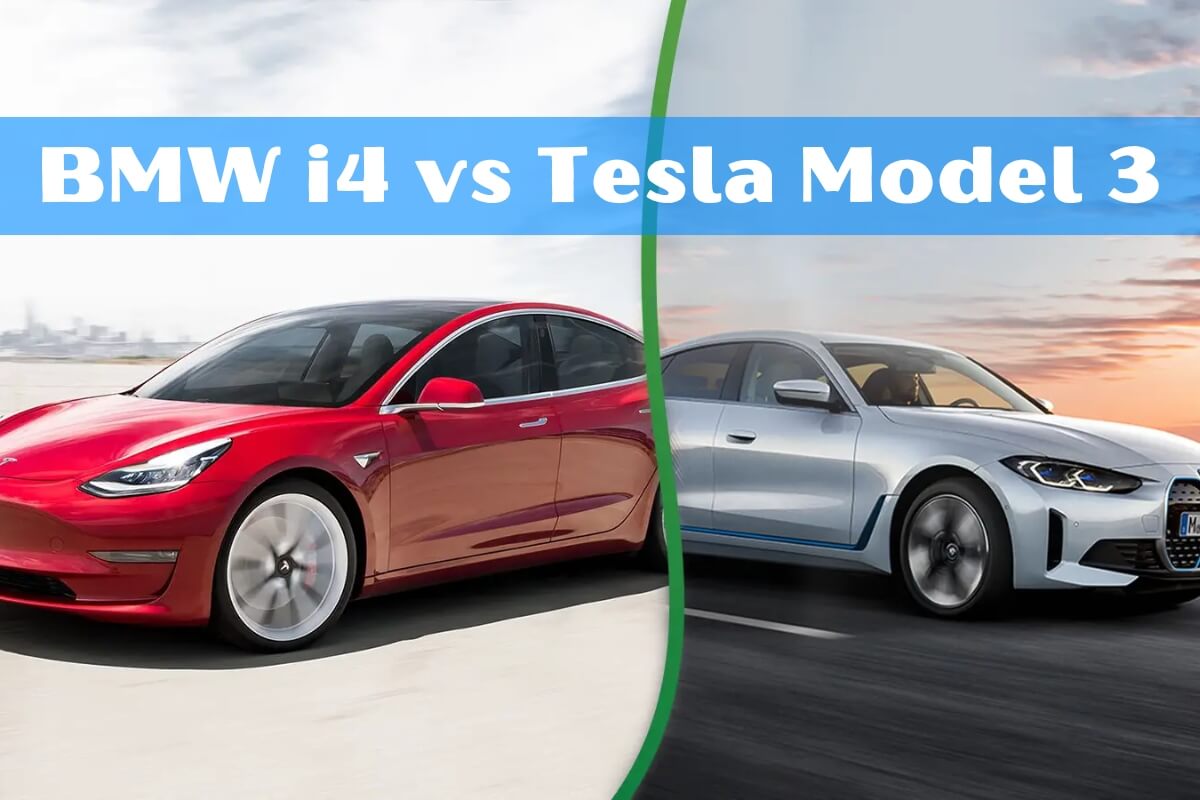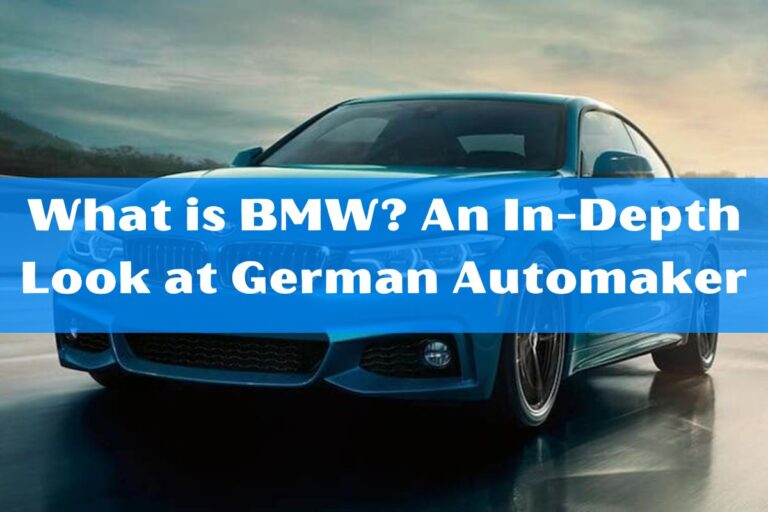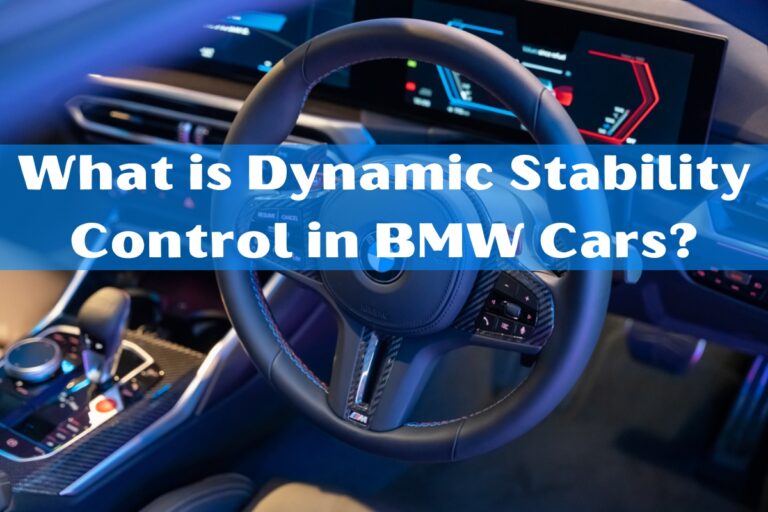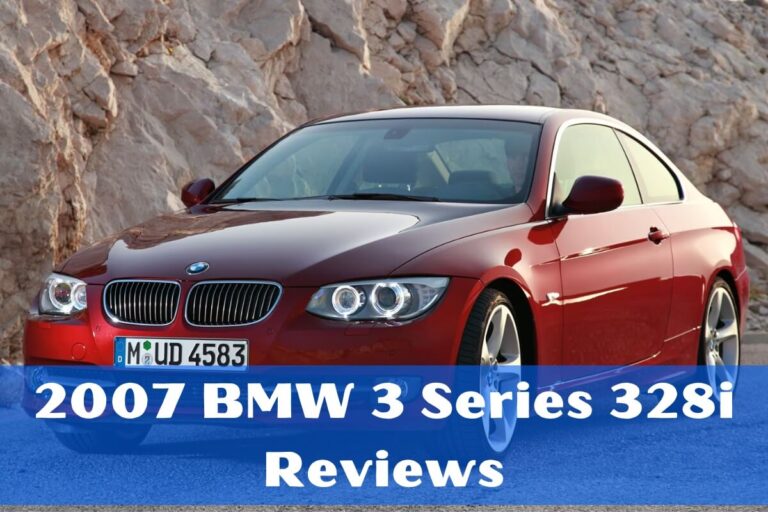BMW i4 vs Tesla Model 3: The Ultimate Electric Car Showdown

As the electric vehicle market continues to expand, two of the most highly anticipated models are the BMW i4 and Tesla Model 3. Both cars offer cutting-edge technology, impressive performance, and sleek designs, making them attractive options for consumers seeking a luxury electric driving experience. In this comparison, we’ll explore the strengths and weaknesses of each vehicle, covering everything from design and performance to technology and value proposition.
The BMW i4 and Tesla Model 3 are two of the most highly-anticipated luxury electric vehicles on the market today. Both cars offer impressive performance, cutting-edge technology, and sleek designs that are sure to turn heads. However, there are some key differences between these two EVs that potential buyers should consider before making a purchase.
BMW i4 or Tesla Model 3? Two popular electric vehicles with distinct strengths. Let’s compare their design, performance, tech, and value to help you choose the best fit. We’ll outline the advantages and disadvantages of each car, making your decision easier.
Design and Exterior Styling
When it comes to design and exterior styling, the BMW i4 and Tesla Model 3 take very different approaches. The BMW i4 features the brand’s signature kidney grille design, albeit with a closed-off look to improve aerodynamics. The i4 also features sleek body lines and a coupe-like silhouette that gives it a sporty and stylish appearance.
On the other hand, the Tesla Model 3 has a more minimalist and futuristic design aesthetic. The car features a sleek and aerodynamic body shape with a low roofline and a distinctive front end that does away with a traditional grille. The Model 3’s design is modern and eye-catching, but some may find it to be a bit too understated.
Interior Styling and Quality
The interior of the BMW i4 and Tesla Model 3 also differs significantly. The BMW i4 features a luxurious and well-appointed cabin that is typical of the brand’s high-end vehicles. The i4 features high-quality materials, such as leather upholstery and real wood trim, as well as a large infotainment display and a digital instrument cluster.
In contrast, the Tesla Model 3 has a more minimalist interior design that is dominated by a large central touchscreen display. The Model 3’s interior is sleek and modern, but some may find it to be a bit too sparse and lacking in traditional luxury appointments.
When it comes to interior quality, the BMW i4 is likely to have an edge over the Tesla Model 3. BMW is known for its high-quality interiors and attention to detail, while Tesla has faced some criticism for the quality of its interior materials and fit and finish.
Performance and Driving Experience
Both the BMW i4 and Tesla Model 3 offer impressive performance and driving experiences, but they go about it in different ways. The BMW i4 is available with two different powertrains: a single-motor rear-wheel-drive setup and a dual-motor all-wheel-drive setup. The single-motor version produces 335 horsepower and 317 pound-feet of torque, while the dual-motor version produces 536 horsepower and 586 pound-feet of torque.
The Tesla Model 3, on the other hand, is available with three different powertrains: a single-motor rear-wheel-drive setup, a dual-motor all-wheel-drive setup, and a high-performance dual-motor all-wheel-drive setup. The single-motor version produces 283 horsepower and 307 pound-feet of torque, while the dual-motor version produces 449 horsepower and 471 pound-feet of torque. The high-performance version produces 480 horsepower and 487 pound-feet of torque.
In terms of acceleration, the Tesla Model 3 has a slight edge over the BMW i4. The high-performance Model 3 can accelerate from 0 to 60 mph in just 3.1 seconds, while the dual-motor BMW i4 can do it in 3.7 seconds. However, the BMW i4 is likely to offer a more refined and engaging driving experience overall, thanks to its high-performance suspension and steering systems.
Range and Charging
When it comes to range and charging, both the BMW i4 and Tesla Model 3 are impressive. The BMW i4 is available with two different battery sizes: a 70.0 kWh battery pack and an 81.5 kWh battery pack. The smaller battery pack offers a range of up to 301 miles on a single charge, while the larger battery pack offers a range of up to 366 miles.
The Tesla Model 3, on the other hand, is available with three different battery sizes: a 60.0 kWh battery pack, a 75.0 kWh battery pack, and an 82.1 kWh battery pack. The smaller battery pack offers a range of up to 272 miles on a single charge, while the larger battery packs offer ranges of up to 358 miles and 315 miles, respectively.
In terms of charging speed, both the BMW i4 and Tesla Model 3 offer fast charging capabilities. The BMW i4 can charge at up to 200 kW using a DC fast charger, while the Tesla Model 3 can charge at up to 250 kW using a Tesla Supercharger. However, Tesla’s Supercharger network is more extensive than BMW’s charging network, which could be an advantage for Tesla owners.
Tech Features and Infotainment
When it comes to tech features and infotainment, the BMW i4 and Tesla Model 3 take different approaches. The BMW i4 features the brand’s latest iDrive infotainment system, which is controlled through a large touchscreen display and a rotary controller on the center console. The system is highly customizable and offers a wide range of features, including navigation, music streaming, and voice control.
The Tesla Model 3, on the other hand, features a minimalist infotainment system that is controlled entirely through a large central touchscreen display. The system is highly intuitive and easy to use, but some may find it to be a bit too minimalist and lacking in physical controls.
One area where the Tesla Model 3 has a clear advantage is in over-the-air software updates. Tesla regularly updates its vehicles with new features and improvements, which can help keep the Model 3 feeling fresh and up-to-date.
Safety Ratings and Driver Assistance
Both the BMW i4 and Tesla Model 3 are highly rated for safety, but they take different approaches to driver assistance technology. The BMW i4 features a suite of advanced driver assistance systems, including adaptive cruise control, lane keeping assist, and automatic emergency braking. However, the i4 does not offer a fully autonomous driving mode like Tesla’s Autopilot system.
The Tesla Model 3, on the other hand, features Tesla’s Autopilot system, which is capable of semi-autonomous driving under certain conditions. The system can automatically steer, brake, and accelerate the car, although Tesla emphasizes that the driver must remain alert and ready to take over at any time.
In terms of safety ratings, both the BMW i4 and Tesla Model 3 have received top marks from safety organizations like the National Highway Traffic Safety Administration (NHTSA) and the Insurance Institute for Highway Safety (IIHS).
Price and Value Proposition
When it comes to price and value proposition, the BMW i4 and Tesla Model 3 offer very different propositions. The BMW i4 starts at around $52,200 for the base model, while the high-performance dual-motor version starts at around $67,300. However, it’s worth noting that the i4 does not currently qualify for any federal tax credits or incentives.
The Tesla Model 3, on the other hand, starts at around $43,990 for the base model, while the high-performance dual-motor version starts at around $56,390. However, the Model 3 does qualify for a federal tax credit of up to $7,500, which can significantly reduce the overall cost of ownership.
In terms of value proposition, the Tesla Model 3 is likely to be the more affordable option for most buyers, especially when factoring in the federal tax credit. However, the BMW i4 offers a more premium and luxurious experience, which may justify the higher price tag for some buyers.
Ownership Experience and Brand Reputation
When it comes to ownership experience and brand reputation, the BMW and Tesla brands offer very different propositions. BMW has a long-standing reputation for building high-quality, luxury vehicles with exceptional attention to detail and a premium ownership experience. The brand has a vast network of dealerships and service centers, making it easy for owners to get their vehicles serviced and maintained.
On the other hand, Tesla is a relative newcomer to the automotive industry, but it has quickly built a reputation for innovation and cutting-edge technology. Tesla’s direct-to-consumer sales model and limited physical presence have been a point of contention for some buyers, as it can make it more difficult to get vehicles serviced or repaired. However, Tesla owners generally report high levels of satisfaction with their vehicles and the company’s customer service.
The Verdict – Which One to Choose?
So, which one should you choose: the BMW i4 or the Tesla Model 3? The answer ultimately depends on your personal priorities and preferences.
If you prioritize performance and driving dynamics, the BMW i4 is likely the better choice. With its high-performance suspension and steering systems, as well as its powerful dual-motor powertrain option, the i4 offers a more engaging and dynamic driving experience than the Model 3.
However, if you prioritize technology and value proposition, the Tesla Model 3 may be the better choice. With its cutting-edge infotainment system, over-the-air software updates, and lower starting price (especially when factoring in the federal tax credit), the Model 3 offers a lot of bang for your buck.
It’s also worth considering the brand reputation and ownership experience of each manufacturer. If you value a more traditional, premium ownership experience with a vast network of dealerships and service centers, the BMW i4 may be the better choice. If you’re more focused on innovation and cutting-edge technology, and are comfortable with Tesla’s direct-to-consumer sales model, the Model 3 may be the way to go.
Let’s Finish
In conclusion, the BMW i4 and Tesla Model 3 are two of the most exciting and highly-anticipated luxury electric vehicles on the market today. Both cars offer impressive performance, cutting-edge technology, and sleek designs that are sure to turn heads.
The BMW i4 is likely the better choice for buyers who prioritize performance and driving dynamics, as well as a more traditional, premium ownership experience. The i4’s high-performance suspension and steering systems, as well as its powerful dual-motor powertrain option, offer a more engaging and dynamic driving experience than the Model 3.
On the other hand, the Tesla Model 3 is likely the better choice for buyers who prioritize technology and value proposition. With its cutting-edge infotainment system, over-the-air software updates, and lower starting price (especially when factoring in the federal tax credit), the Model 3 offers a lot of bang for your buck.
Ultimately, the choice between the BMW i4 and Tesla Model 3 will come down to your personal priorities and preferences. Both cars are excellent choices in the luxury electric vehicle market, and whichever one you choose, you’re sure to enjoy a premium driving experience.






